How to Write A Cover Letter as a Graphic Designer

Writing a compelling cover letter as a graphic designer is crucial in highlighting your creative skills and professional experience to potential employers. This introductory document serves as your first interaction with the hiring manager, offering a snapshot of your design philosophy and a glimpse into your personality. It is your opportunity to make a memorable impression that can set you apart from other applicants.
As a graphic designer, your cover letter should reflect both your artistic talent and your understanding of effective communication. It's not just about showcasing your technical skills with design software or your portfolio pieces; it's about telling a story of how your creative vision and professional journey align with the goals of the company you are applying to. The ability to convey this succinctly and impactfully can make all the difference in a competitive job market. This section provides you with essential tips and strategies to craft a cover letter that captures attention and resonates with your prospective employer, ensuring your application stands out.
Research the Company
When crafting your cover letter as a graphic designer, researching the company you are applying to is crucial. This knowledge not only demonstrates your genuine interest in the position but also shows that you have taken the time to understand the company's culture, goals, and design needs. Start by visiting the company's website to learn about their mission, values, and recent projects. Look for any news articles or press releases to grasp their current market position and future aspirations.
Understanding the company's brand identity can guide the aesthetic of your cover letter design and the projects you choose to highlight. If the company leans towards a corporate style, showcase similar projects in your portfolio. Conversely, if they favor more creative and innovative designs, highlight your work that aligns with this style. Mention specific details in your cover letter that reflect your knowledge of the company, such as appreciating a recent campaign or aligning with their design philosophy.
This not only personalizes your application but also reinforces your suitability for the role by demonstrating that your artistic style and professional values are a good match for their team.
Introduce Yourself Uniquely
In the competitive field of graphic design, introducing yourself uniquely in your cover letter can significantly impact your job application. Start with a strong opening line that captures the essence of your professional identity and creative spirit. Instead of the standard "I am applying for," try a dynamic approach like, "I am eager to bring my unique blend of creativity and technical expertise to [Company Name]."
Share a concise narrative of your career journey, emphasizing experiences that showcase your growth and achievements in graphic design. This might include notable projects, collaborations, or innovations you have spearheaded. Make it clear how these experiences have prepared you for the specific role you are applying for, linking your past successes with the potential future contributions you aim to make at the company.
Your introduction should also reflect your personality. Graphic design is not only about skill but also about personal creativity and vision. Briefly mention what drives your passion for design, whether it's a love for storytelling through visuals, a commitment to user-centered design, or a desire to innovate within the industry. This personal touch will not only make your cover letter stand out but also give the hiring manager a glimpse into who you are as a designer and a person, making your application memorable.
Mention Relevant Education and Certifications
When crafting a cover letter as a graphic designer, it is important to highlight your educational background and any certifications that enhance your credibility and relevance for the position. Detailing your education shows a foundational knowledge of design principles, while certifications demonstrate a commitment to advancing your skills and staying current in the industry.
Start by mentioning your degree, specifying your major and any specializations that relate to graphic design, such as digital media, visual communications, or interactive design. If your education included hands-on projects or internships, briefly mention these experiences as they show practical application of your learning.
In addition to formal education, include any professional certifications you have obtained. Certifications from recognized industry bodies like Adobe Certified Expert (ACE) or certifications in user experience design, for example, highlight your technical skills and your dedication to professional development.
Also, consider mentioning any relevant workshops, online courses, or seminars you have attended. These can be particularly appealing to potential employers because they show your initiative in enhancing your skills and keeping up with industry trends.

Show Enthusiasm for the Role
Expressing enthusiasm in your cover letter is crucial for making a memorable impression on potential employers. Your passion for the role and the company can significantly influence the hiring manager’s decision, as it reflects your motivation and commitment to contributing to the team.
Begin by conveying genuine excitement about the specific graphic design position. Mention aspects of the company’s projects, products, or mission that resonate with you personally or professionally. For example, if the company is known for its innovative design solutions or has received awards for creativity, express how these inspire you and align with your own design values.
Also, share why you feel this particular role is a perfect fit for your skills and career aspirations. Illustrate how your previous experiences have not only prepared you for this job but also sparked a desire to specifically work with this company. Be specific about how your background will allow you to contribute to current projects or company goals.
Conclude by stating your eagerness to bring your skills to their team and your hope to further discuss how you can contribute to the company in an interview. This proactive approach shows that you are not just looking for any job but are excited about this particular opportunity and eager to be a part of their success.
Highlight Relevant Skills
In your cover letter as a graphic designer, it is essential to highlight skills that are pertinent to the job you're applying for. Begin by identifying the key skills mentioned in the job listing and match these with your own competencies. Commonly sought-after skills in graphic design include proficiency in design software such as Adobe Creative Suite (Photoshop, Illustrator, and InDesign), as well as skills in typography, layout, and digital content creation.
Don’t just list your skills; provide specific examples of how you have successfully applied them in past projects. For instance, if the job requires experience in web design, mention a website you designed and refer to the increase in user engagement or sales that it facilitated. If teamwork is emphasized, describe a collaborative project you spearheaded or contributed to, highlighting how your design expertise was crucial in the project's success.
Make sure your skillset is presented in a way that relates directly to what the hiring company needs, demonstrating that you are not only competent but also a perfect fit for the position. This section of your cover letter is your chance to show that you possess both the technical abilities and the creative acumen to excel in a graphic design role.
Showcase Your Design Experience
When writing a cover letter as a graphic designer, it is crucial to effectively showcase your design experience to demonstrate your capability and style. This section should serve as a concise portfolio that highlights your most relevant work. Choose examples that align with the specific job description and the company’s aesthetic or market sector.
For instance, if applying to a branding agency, detail your experience with creating comprehensive brand identities—discuss your role in developing logos, color schemes, and the overall branding strategy for previous clients or employers. If the position is more focused on digital design, share specifics about your work on website interfaces, mobile applications, or social media graphics.
Include brief case studies or success stories that illustrate the impact of your designs. For example, mention a rebranding project that resulted in a significant increase in customer engagement or a campaign design that boosted sales. Quantifying your success with statistics can be particularly persuasive.
Remember to tailor this section to not just show that you can design but also that you can produce results aligned with the employer's goals. This approach not only displays your technical proficiency but also your strategic thinking and understanding of design as a business tool.
Demonstrate Your Understanding of Design Trends
As a graphic designer, staying ahead of design trends is crucial, and demonstrating this knowledge in your cover letter can significantly enhance your appeal to potential employers. Discuss how you keep yourself updated with the latest trends in graphic design, whether through industry publications, blogs, or continuing education. Highlight how this awareness has influenced your design decisions and improved the outcomes of your projects.
In your cover letter, give examples of how you have applied contemporary design trends in your work. For instance, if minimalism is a current trend, describe a project where you effectively used minimalistic design principles to enhance user experience and client satisfaction. Mention any feedback or measurable outcomes from this approach to illustrate its impact.
Also, consider discussing your ability to forecast trends. Mention any times when your forward-thinking approach to design has led to innovative project outcomes that have set the pace for others to follow. This not only shows your ability to stay current but also positions you as a leader in the field who contributes to shaping industry standards.

Include Measurable Achievements
In your cover letter as a graphic designer, including measurable achievements can set you apart from other candidates by quantifying your effectiveness and impact. This approach not only showcases your skills but also provides concrete evidence of your ability to contribute positively to potential employers.
When detailing your achievements, focus on specific projects you have worked on and the measurable outcomes of these projects. For example, you might mention a rebranding initiative you led that increased the client’s market share by a certain percentage or a campaign design that boosted website traffic or social media engagement. Use precise figures and percentages to underscore your impact and the value you added.
It’s also helpful to include awards or recognitions you have received for your work. These accolades serve as external validations of your skills and achievements. If applicable, briefly explain the significance of these awards and how they pertain to the competencies required for the job you’re applying for.
Moreover, if you’ve contributed to efficiency improvements, cost reductions, or enhanced customer experiences through your design solutions, these should be highlighted as well. For instance, describe a project where your innovative layout or design automation saved time or reduced costs.
Use a Professional Tone and Layout
When composing a cover letter as a graphic designer, it's crucial to use a professional tone and a layout that reflects your design skills. A professional tone means being concise, respectful, and focused on your qualifications and how they match the job description. Avoid overly casual language and slang, and ensure your enthusiasm is communicated through a polished and sophisticated voice.
The layout of your cover letter is equally important. As a graphic designer, your cover letter not only communicates your experience and skills but also serves as a demonstration of your design capabilities. Opt for a clean, attractive layout that is easy to read while still showcasing your unique style. Use standard fonts like Helvetica or Arial to ensure readability, and include your personal branding, such as a logo or a consistent color scheme that matches your design portfolio.
Your cover letter should also be structured effectively. Start with your contact information at the top, followed by the date and the employer’s contact information. Remember, the aim is to make your cover letter a testament to your professionalism and design expertise.
Include a Call to Action
Including a call to action in your cover letter as a graphic designer is essential to motivate the hiring manager to move forward with your application. A well-crafted call to action serves as the closing pitch of your letter, where you invite the employer to take the next step in the hiring process.
Make it clear that you are not only excited about the role but also prepared to contribute effectively from the start. Express your readiness to discuss how your design vision and skills align with the company’s goals in a personal interview.
Next, suggest a follow-up action. You might write, “I would appreciate the opportunity to discuss my application and demonstrate how I can contribute to your team. I will follow up next week to see if we can arrange a meeting.” This shows initiative and sets the stage for further communication.
However, ensure that your call to action is respectful and considerate of the employer’s time and processes. Indicate your flexibility and willingness to conform to their schedule, emphasizing that your primary goal is to explore how best you can serve their needs.
Conclusion
Crafting an effective cover letter as a graphic designer is about more than showcasing your technical skills; it's about demonstrating your understanding of the company and highlighting how your unique creative vision aligns with their goals. By personalizing each cover letter, you not only show your dedication and enthusiasm for the role but also significantly enhance your chances of catching the hiring manager's eye. Remember, your cover letter is your first opportunity to make a lasting impression—make it count by clearly articulating your unique contributions and fit for the company.
Writing a cover letter can be a daunting task, especially for graphic designers who may feel more comfortable with visuals than with words. If you find yourself struggling, consider hiring a professional writer to craft your cover letter. With our premium service, you can trade stress for success. When you pay to Paper Perks, you receive on-time, original work from dedicated experts who know how to make your skills and experience shine, ensuring your cover letter catches the eye of potential employers or clients.
Let Us Know What You Think!
Every information you read here are written and curated by Kreafolk's team, carefully pieced together with our creative community in mind. Did you enjoy our contents? Leave a comment below and share your thoughts. Cheers to more creative articles and inspirations!


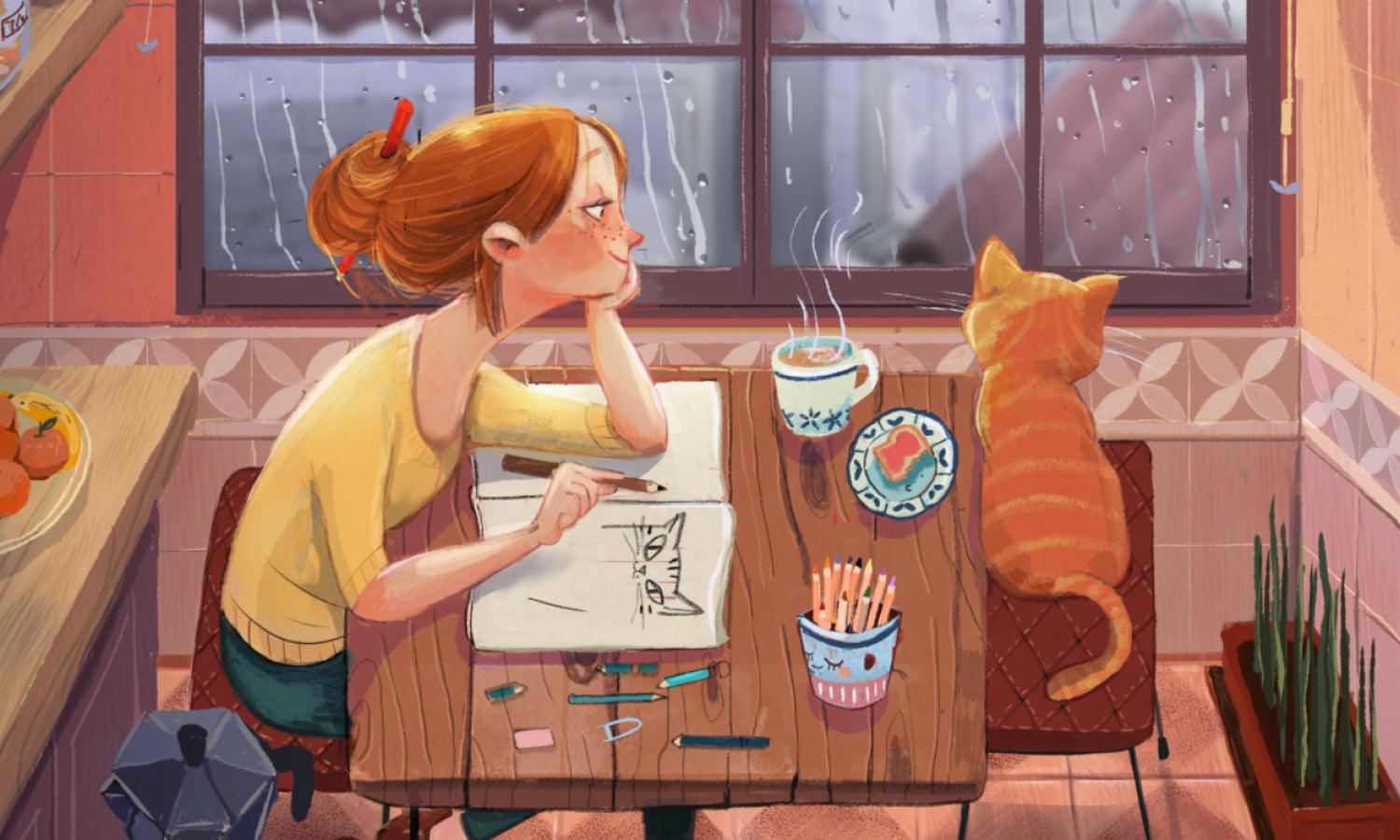
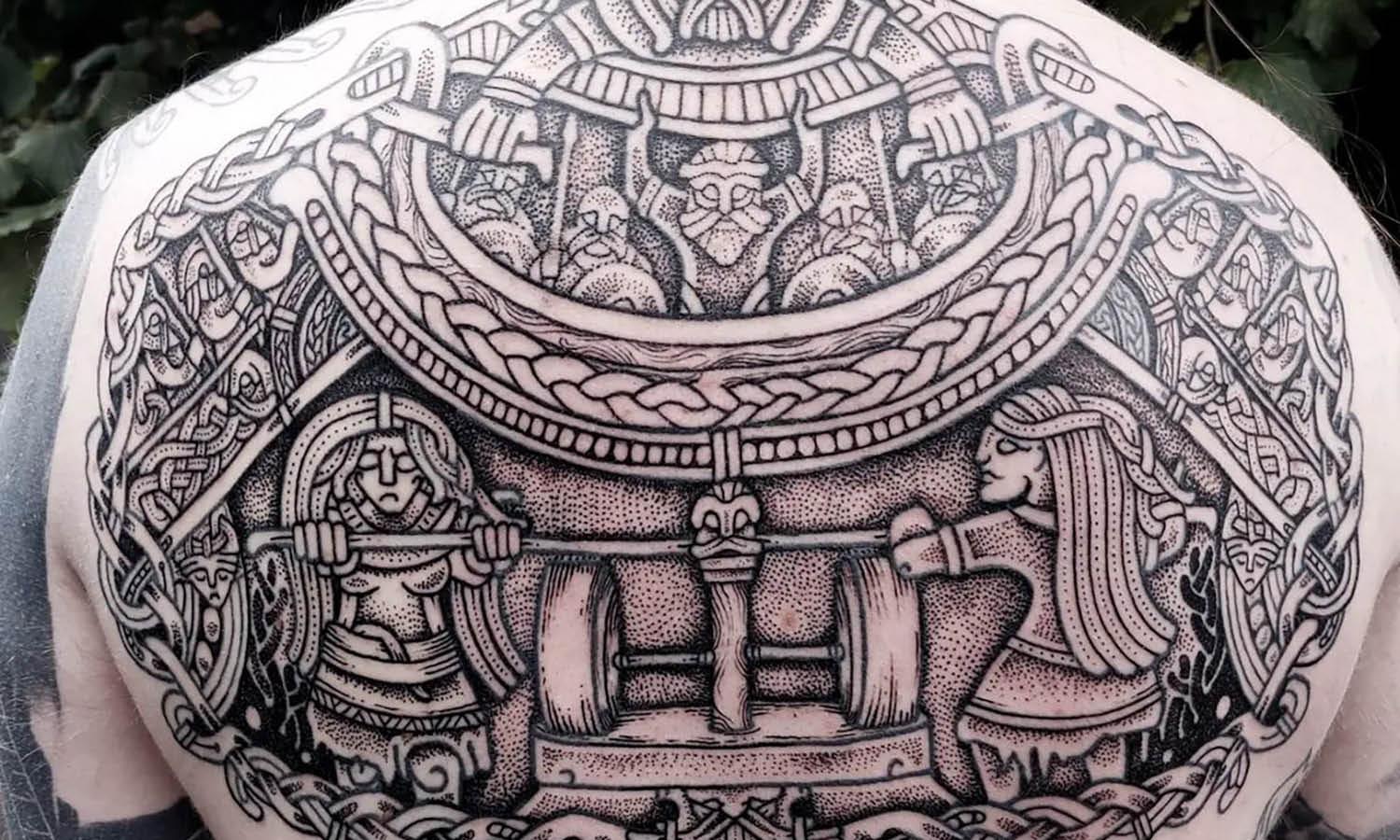
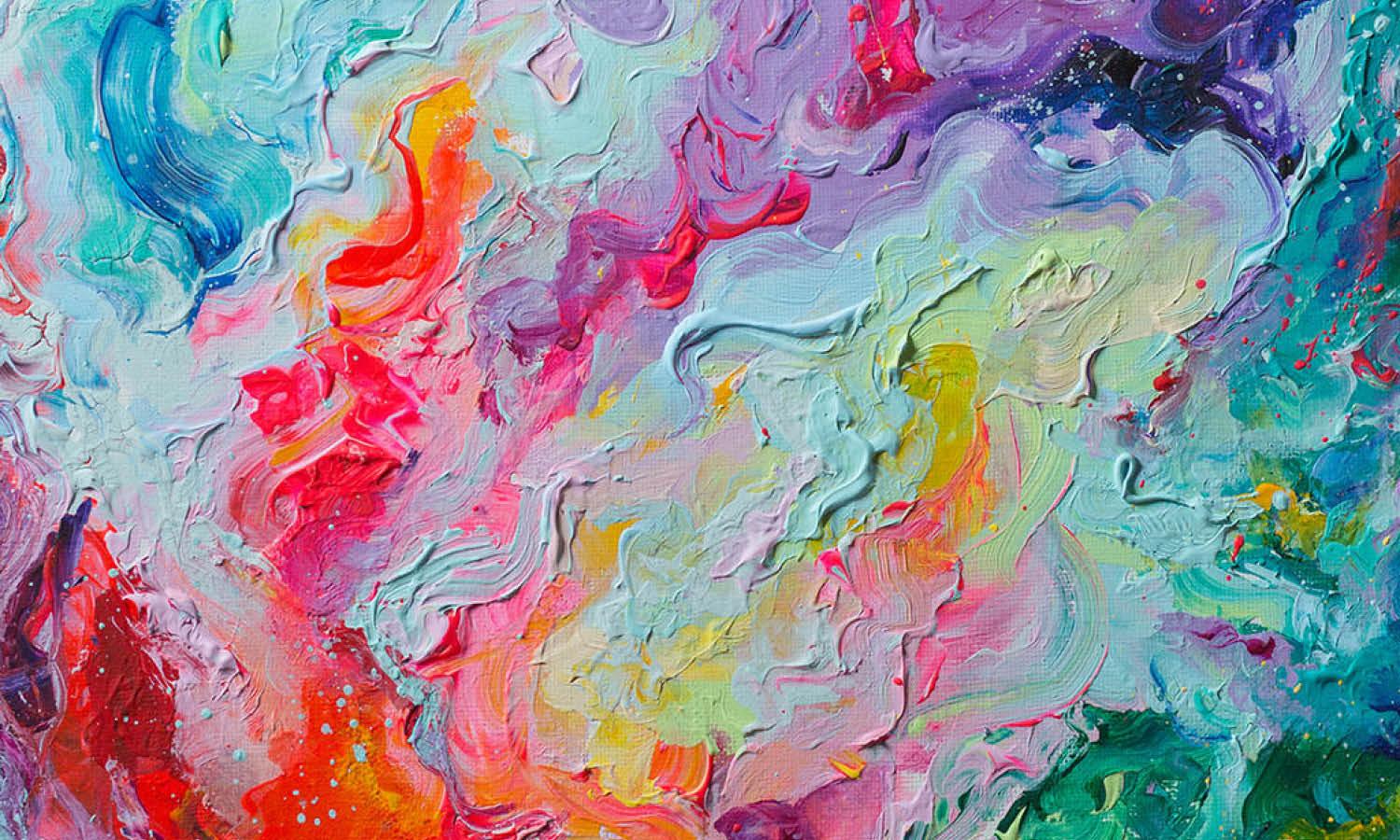
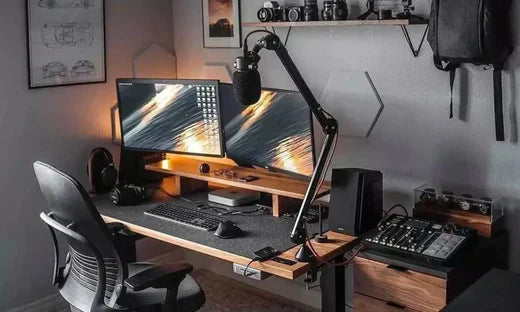
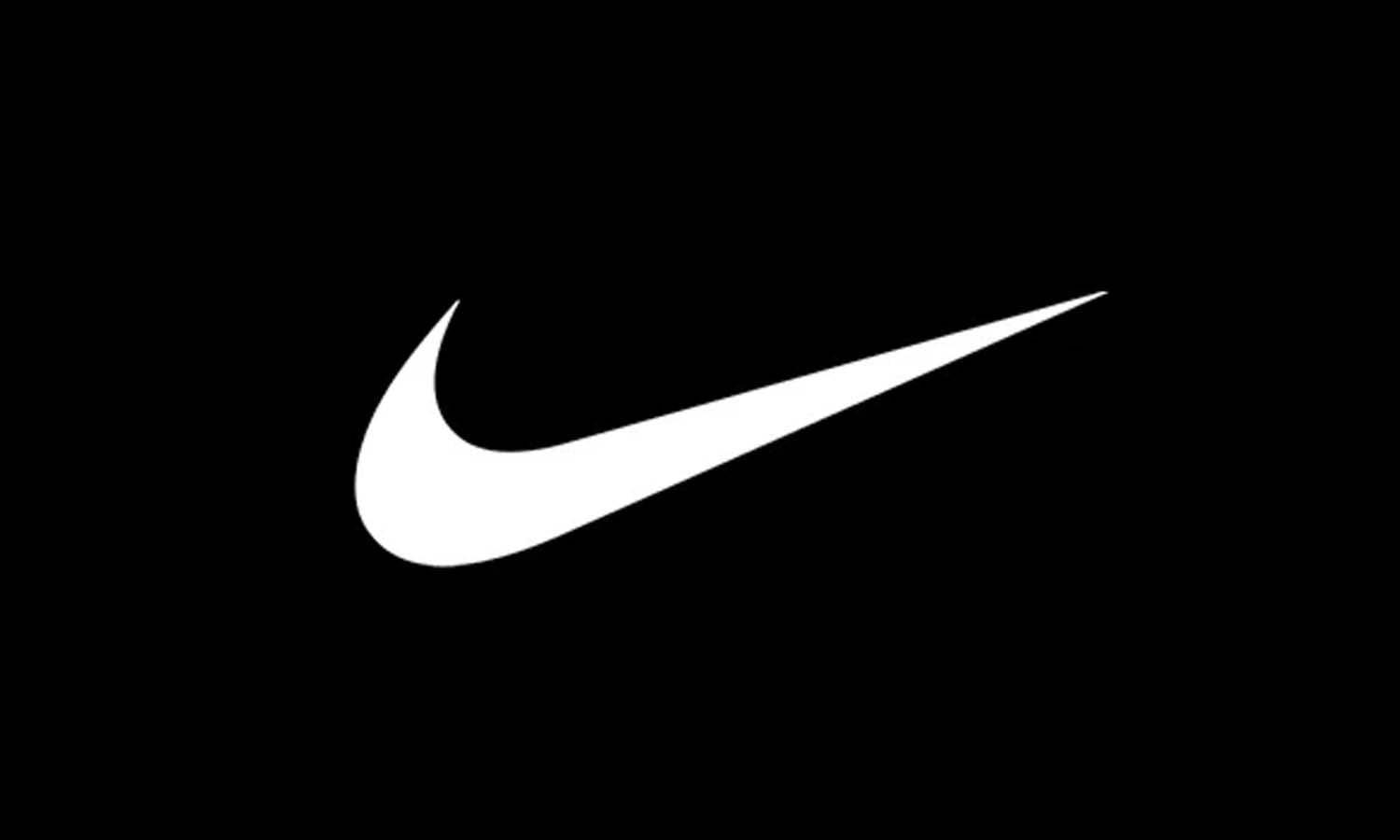
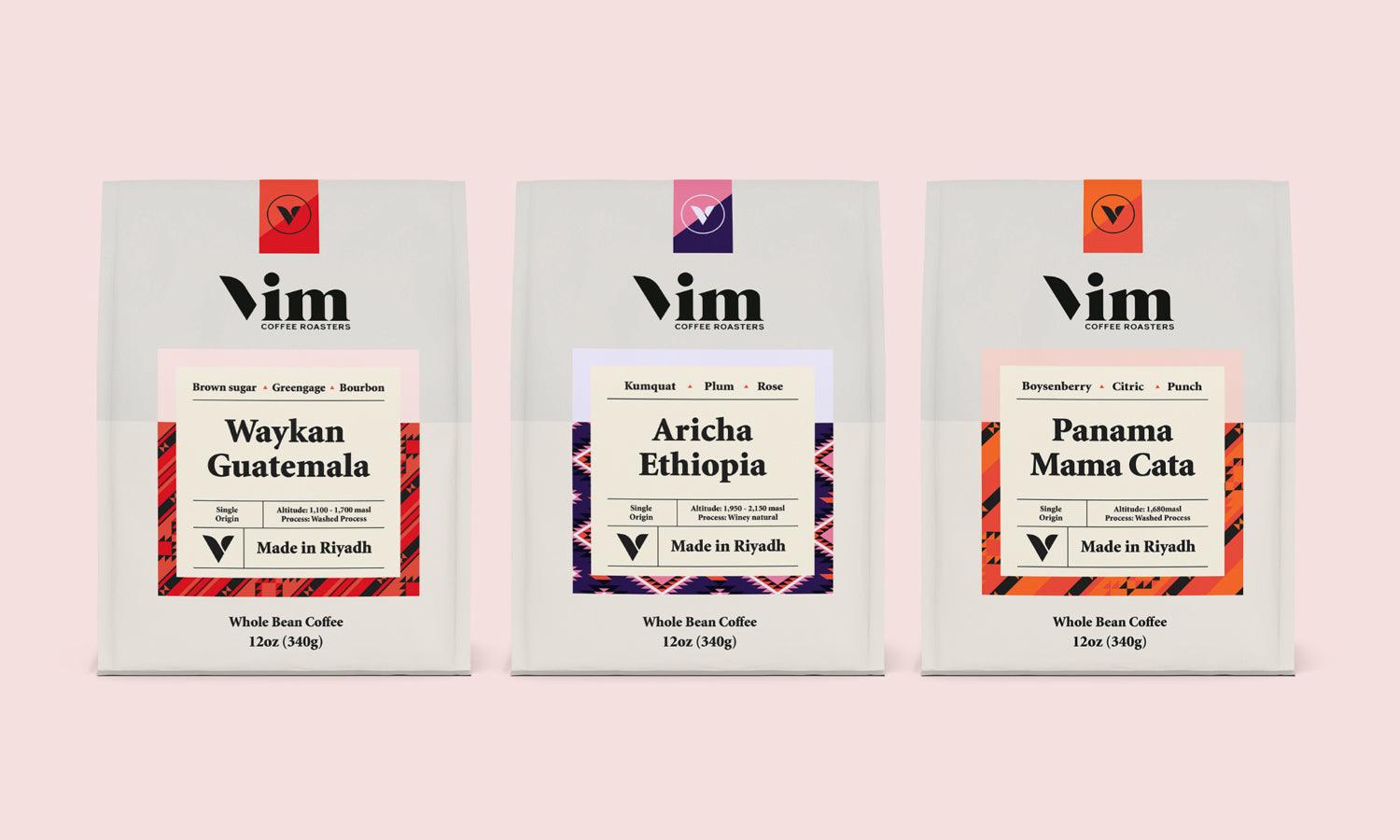
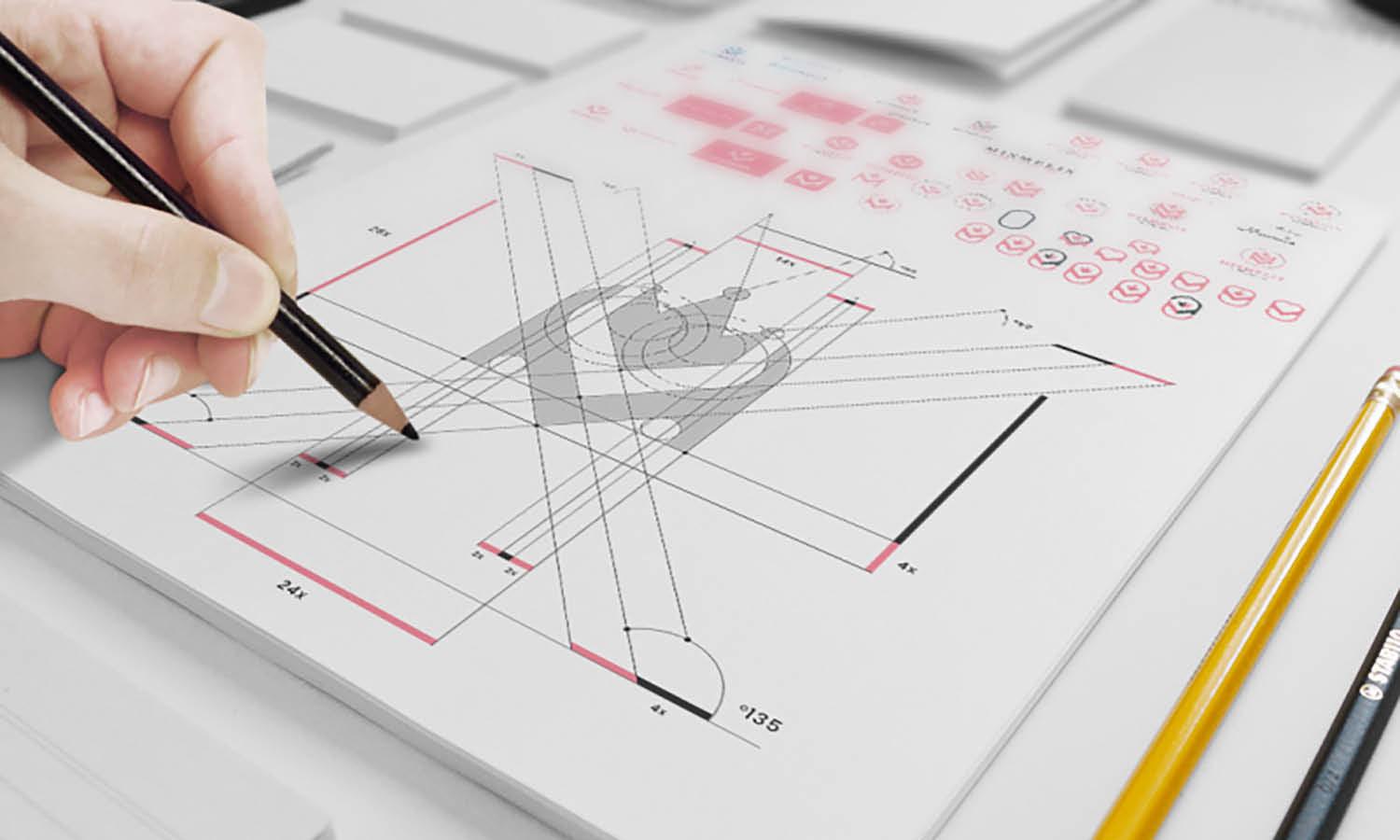
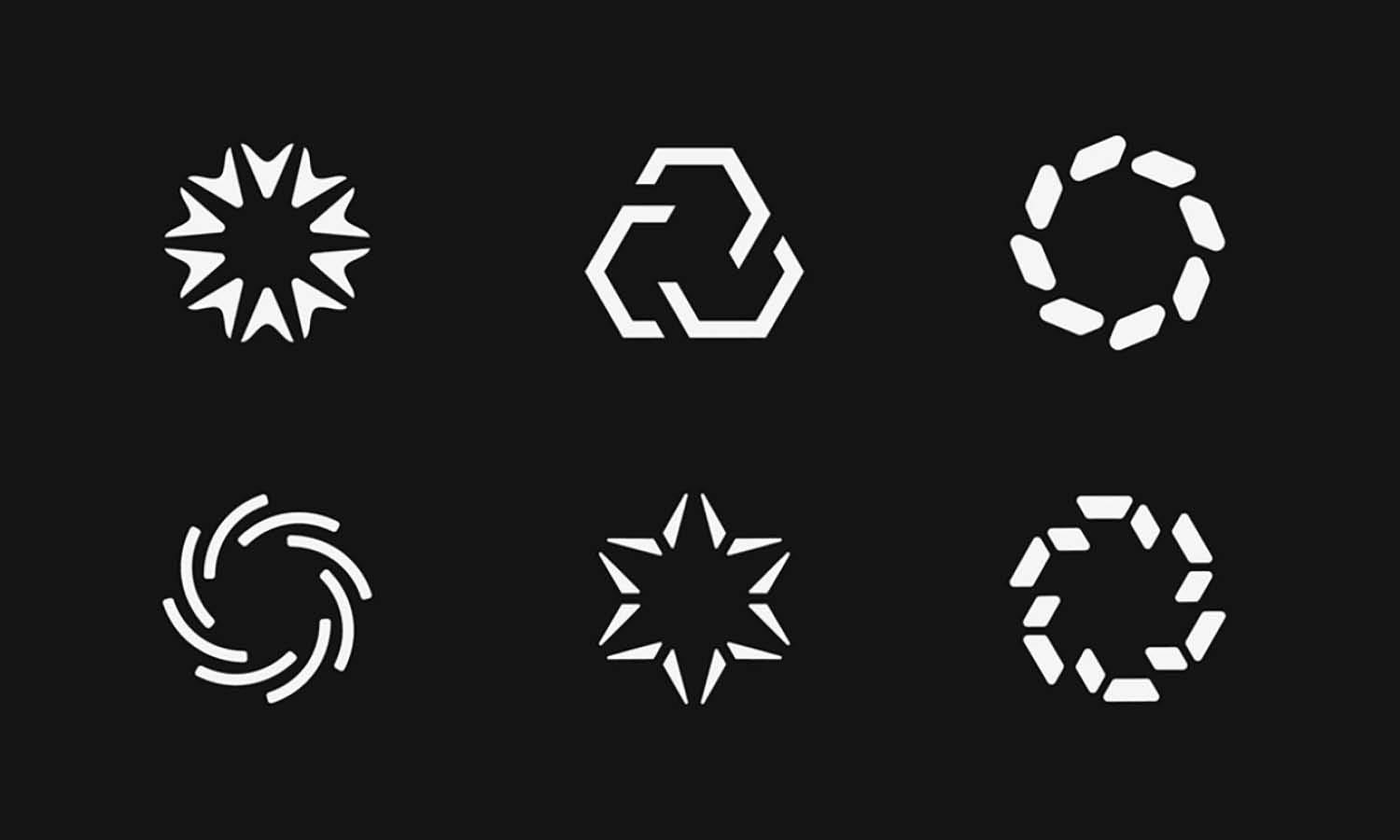
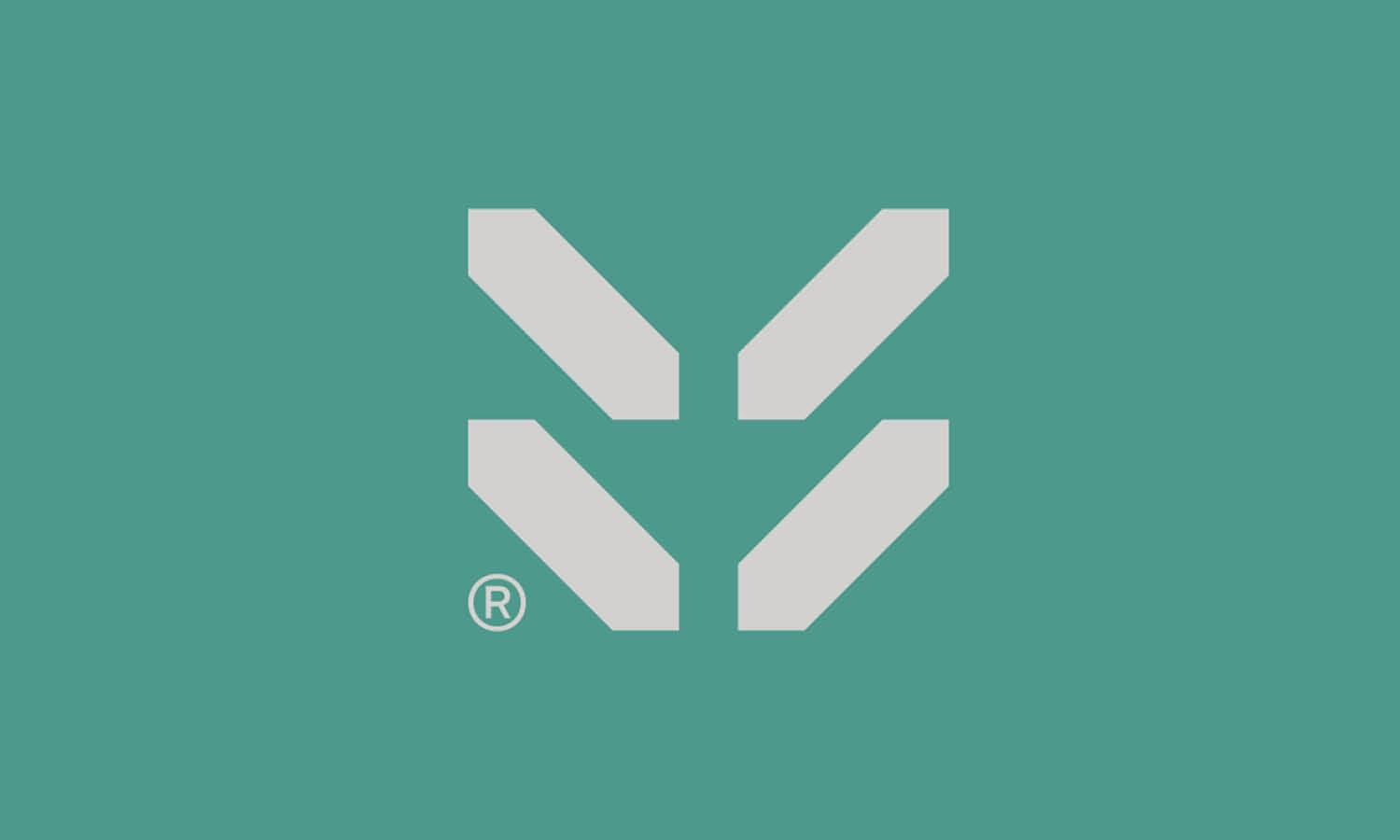





Leave a Comment